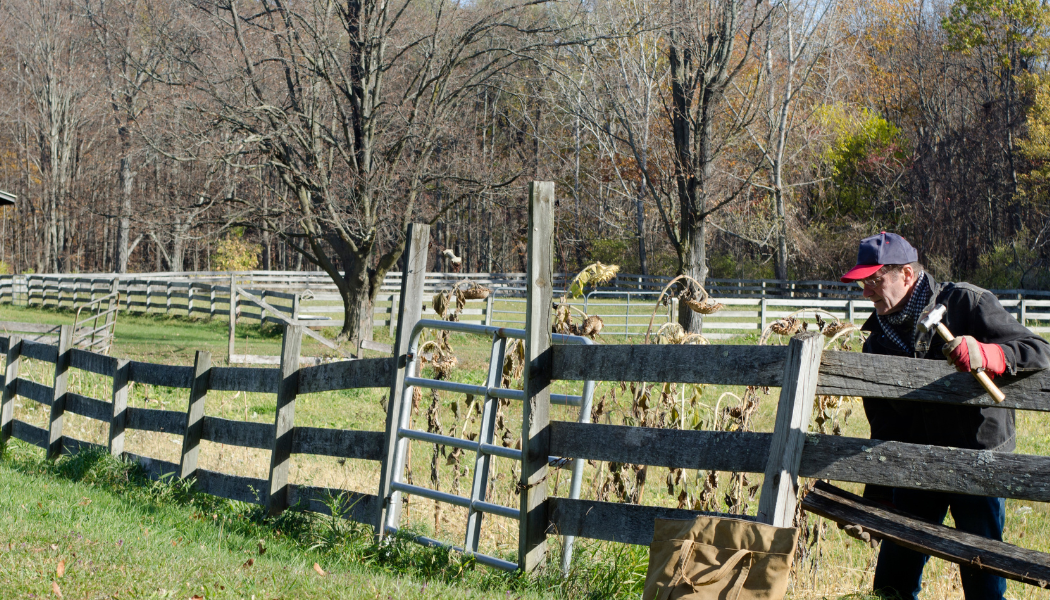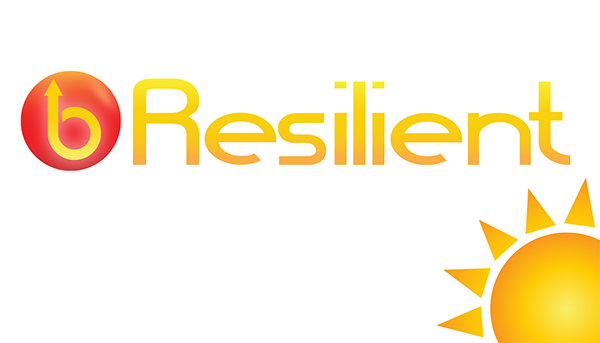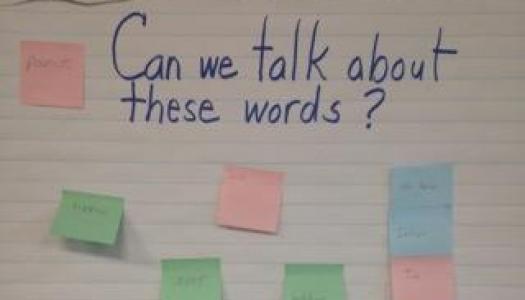
Kristin Ackerman
Growing up in the South comes with learning a lot of sayings. In Texas, you learn that what is being said can be literal or have a deeper meaning. Either way, the sayings often apply to a variety of situations. My older brother recently posted a picture of my niece mending one of their fences after their cows wandered into their neighbor’s pasture. His comment was “Good fences make good neighbors.” He was using the saying literally. Good fences make good neighbors, because my brother’s cows should not be eating his neighbor’s grass! Mending those fences is an ongoing job.
When I think about the I-charts developed by the Daily CAFE, I think about the saying “Good fences make good neighbors.” When teachers explicitly teach children how a classroom will function and lay out what the teacher will do versus what the children will do, they are communicating clear boundaries, or building fences. Teachers and students know exactly how the classroom will function so they can put their effort and energy into learning. When you walk into a classroom where Daily CAFE strategies are taught, you can feel the productive energy, and you can see that students and teachers are working with purpose. The boundaries are established, so there isn’t a line of students poking a teacher’s shoulder, interrupting small-group instruction.
When you read The CAFE Book or The Daily 5, or take a training session with Teach Daily, you learn that you can revisit I-charts at any time. Teachers are encouraged to “check the fences” to ensure that students continue to have a clear understanding of classroom expectations. This is an ongoing process.
I-charts are a valuable tool for every classroom! They establish expectations and boundaries and promote a healthy, productive learning environment. So, as the saying goes, “Good fences make good neighbors,” especially in classrooms. Is it time to pull out an I-chart and check your classroom fences?
News From The Daily CAFE
St. Patrick's Day Books
10 Ways to Get Books into Your Classroom and Readers’ Hands! Part I
Expanding Vocabulary–Can We Talk About These Words?









